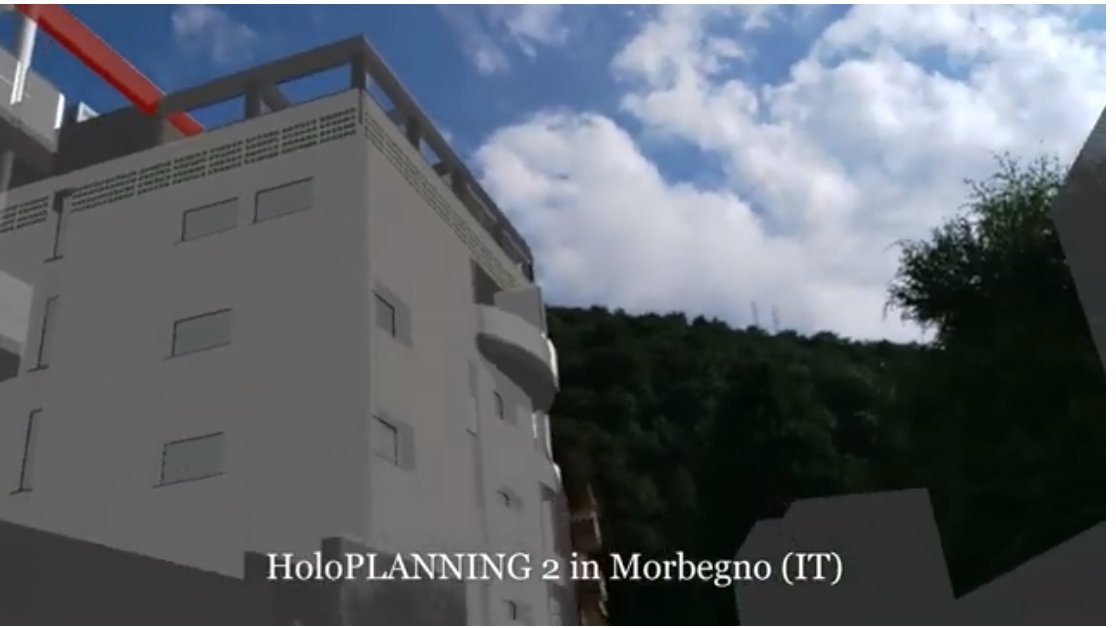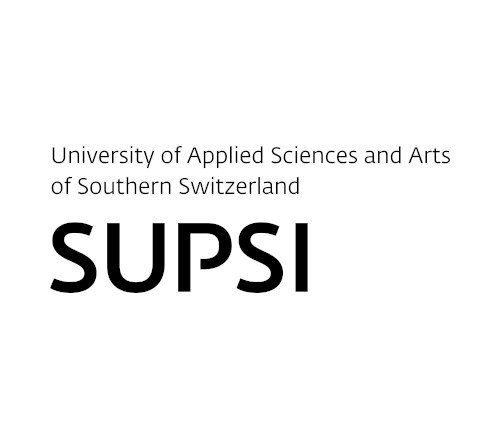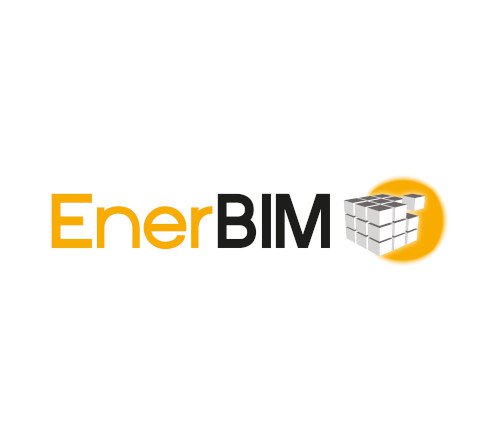SUPSI conducted a survey about the expected gains provided by virtual, augmented and mixed reality for BIPV professionals. The conclusions converge to a stronger support to anticipate building integration at earliest stages of the architectural design: aesthetical features must be associated to energy production and customisable options for BIPV materials, then probable cost and CHG emissions should be rated.
A successful proof of concept was conducted on the real PIZ buildings in Morbegno (IT), with the commitment of experts: SUPSI (BIPV knowledge management), EnerBIM (3D design and simulation with BIMsolar), and AFCA (MS HoloLens technology and MR science).
The proof of concept of MR for BIPV was developed to help BIPV architects and engineers to make their BIPV projects more understandable by clients and investors that can interact with a virtual BIPV building integrated into the actual context.


